One of the world's first computers gets VR reboot
- Published
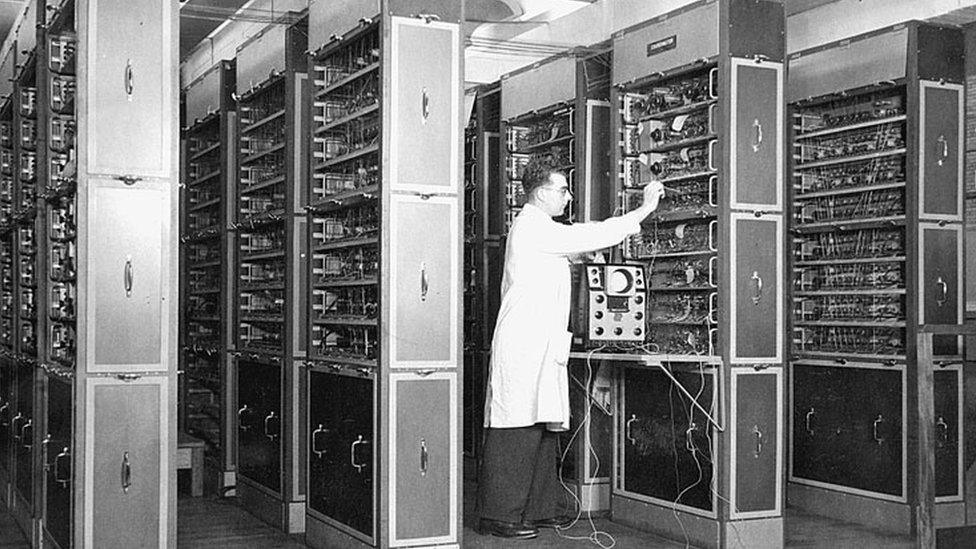
Lyons Electronic Office, built from 1949, was one of the world's first computers
One of the world's first computers, which "revolutionised" business, could be recreated in virtual reality.
Lyons Electronic Office (LEO) was created 75 years ago to help run J. Lyons & Co., a tea shop chain and food manufacturer, which had 35,000 workers.
The system managed stock control and could calculate staff pay in a fraction of the time it took to do manually.
The UK Computer Museum in Cambridge has been awarded £100,000 to digitise artefacts and documents related to it.
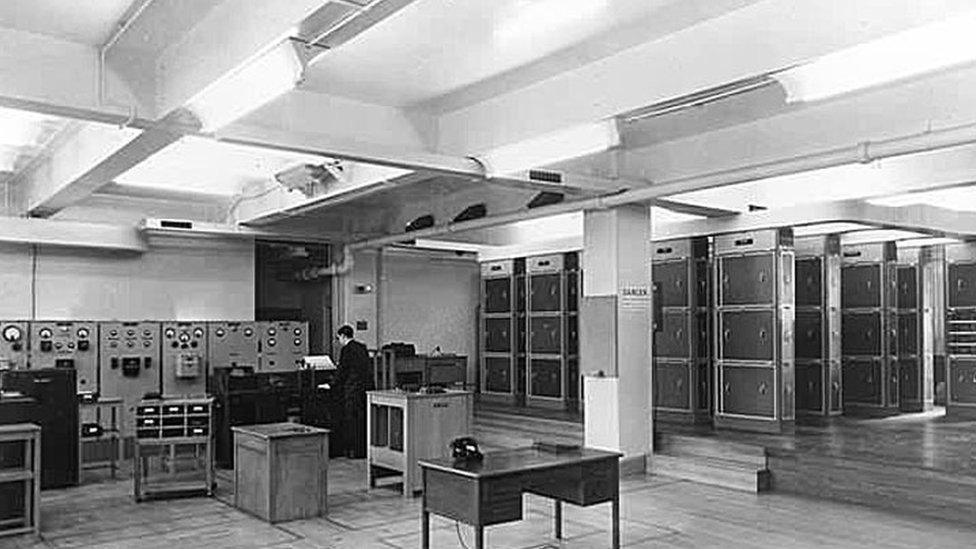
Its racks of cabinets and 6,000 valves filled a room the size of two tennis courts
J. Lyons was founded in 1884 and decided to invest in computer research by Cambridge University in the 1940s.
It wanted an electronic system to streamline its business and improve efficiency.
As well as making administrative duties more efficient, orders could be placed by predicting stock levels, based on complex data including weather forecasts.
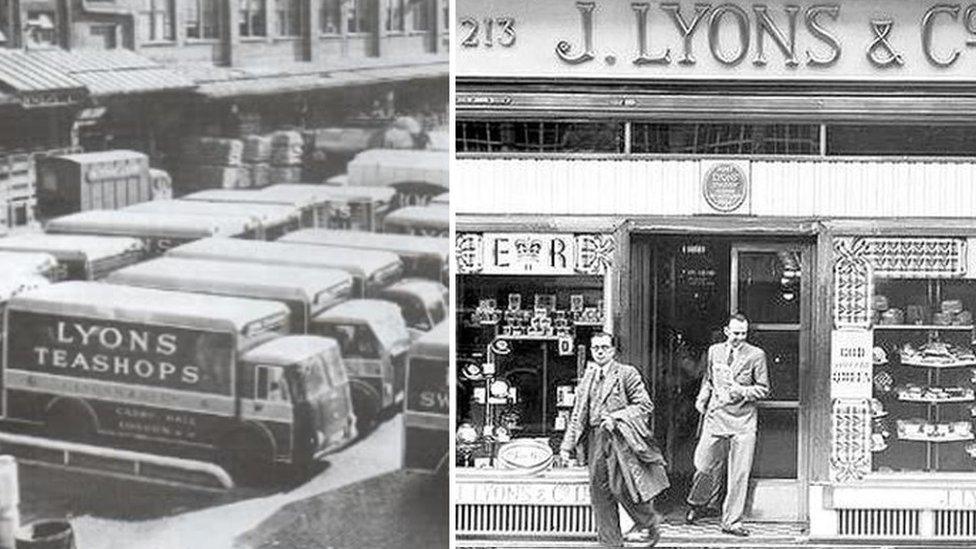
The system was developed by tea shop chain and food manufacturer J. Lyons & Co.
Jason Fitzpatrick, from the UK Computer Museum, said: "All the machines that went before had only been used by researchers and governments.
"LEO basically changed business forever, it was revolutionary and has had an effect on everybody's lives.
"It was a new way of thinking about computers and what they could do."

LEO in numbers
Building began in 1949 and ran its first programme two years later
The system had more than 6,000 valves
Its cabinets and air conditioning occupied 5,000 sq ft (465 sq m) - larger than two tennis courts
It could calculate an employee's weekly pay in 1.5 seconds, rather than the eight minutes it took a human to do the task

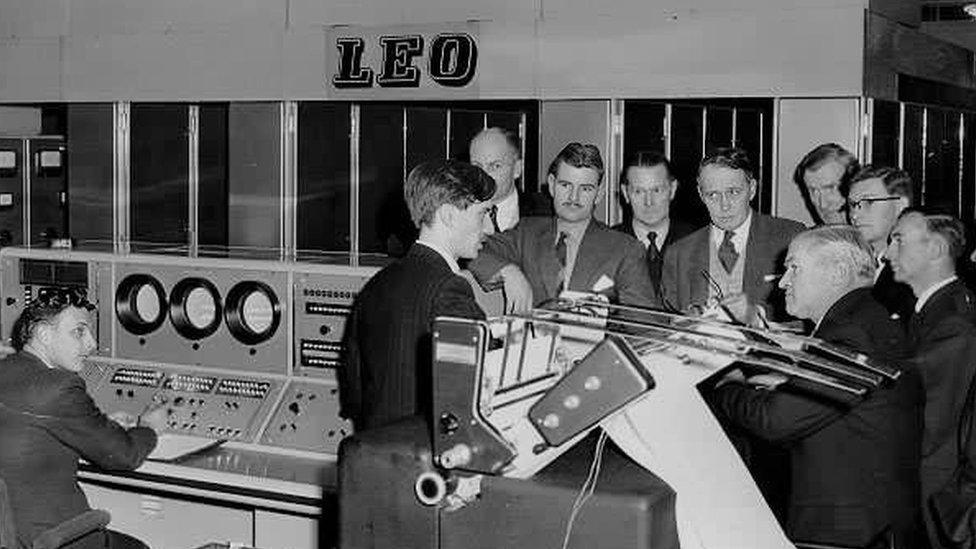
The directors of Lyons were given a demonstration of LEO carrying out clerical work in 1951
The company began to close tea shops in the 1960s and the business was eventually broken up, with its computing subsidiary ultimately forming part of Fujitsu.
Very little remains of LEO, as it was dismantled as technology advanced.
But a £100,000 grant from the Heritage Lottery Fund will allow the museum to digitise its archive of manuals and documentation over the coming months, and explore the possibility of building a virtual reality replica.
"It's about inspiring another generation to take these ideas and to move forward with them," Mr Fitzpatrick said.
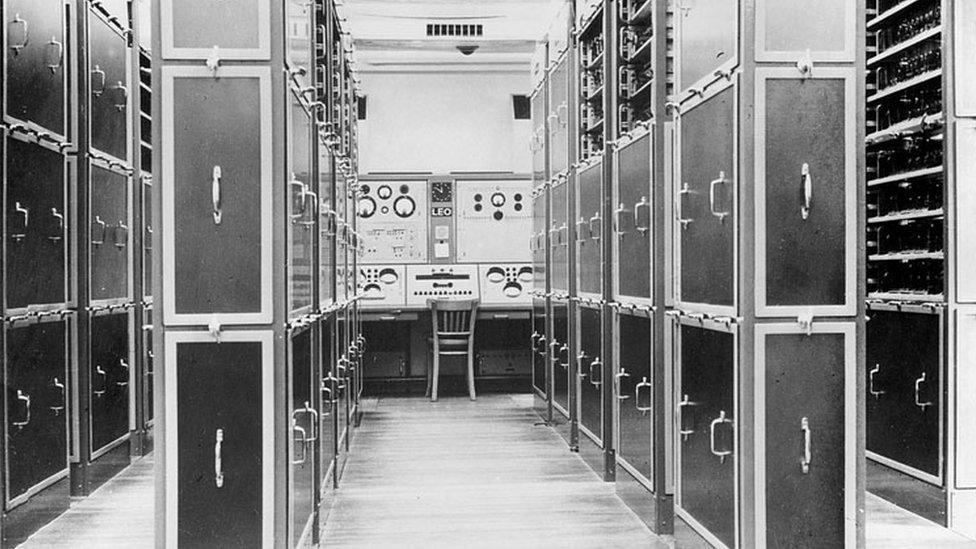
The UK Computer Museum wants to build a virtual reality replica of LEO